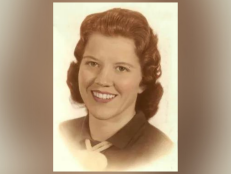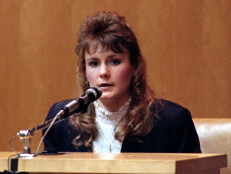Central Park Jogger Case: How Did 5 Innocent Teenagers Get Charged For Brutal Rape?
The falsely accused boys, who became known as “The Central Park Five”, were all acquitted, but only after serving their sentences.
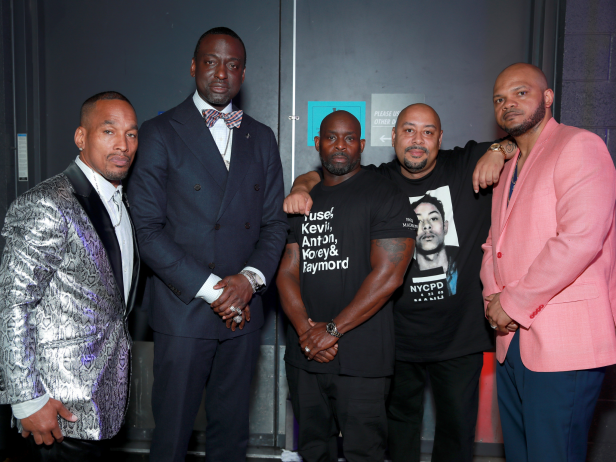
Rich Fury via Getty Images
Over 30 years ago, a group of Black and Latino teenagers were wrongfully accused and convicted of the brutal attack and rape of a white woman in New York City. The accused would all be acquitted of the crime, but only after each had served out their individual sentences.
On April 19, 1989, Trisha Meili went for a run in New York City’s Central Park and was found unconscious and beaten around 1:30 a.m. The 28-year-old investment banker suffered such horrific injuries that a friend was only able to identify her from a ring she was wearing at the time, The New York Times reported.
The NYPD detectives investigating the crime recalled an earlier disturbance that night involving around 30 teenagers who were harassing joggers. Two 14-year-old boys, Kevin Richardson and Raymond Santana, were arrested for unlawful assembly in connection with the incident and later questioned about Meili’s attack and rape.
Detectives then identified 15-year-olds Yusef Salaam and Antron McCray as possible suspects in the rape and brought the boys in for questioning. Another teenager, 16-year-old Korey Wise, was originally never a suspect, but he was arrested and charged only after he went with his friend, Salaam, to the police station for moral support while the other teen was being questioned, The New York Times reported.
Police recorded on video all five of the boys confessing to the attack on the victim.
“When we were arrested, the police deprived us of food, drink or sleep for more than 24 hours,” Salaam wrote in a 2016 Washington Post article. “Under duress, we falsely confessed.”
Despite the lack of physical evidence in the case, those false, coerced confessions led to the teenagers being convicted on multiple crimes. In 1990, Salaam, McCray, and Santana were found guilty of rape, assault, robbery, and riot but acquitted of attempted murder.
Later that year, Richardson was convicted of rape, assault, robbery, and attempted murder, whereas Wise, who was tried as an adult, was found guilty of sexual abuse, assault, and riot.
The teenagers would end up spending between six and over 13 years behind bars for crimes they didn’t commit.
It took Wise meeting by chance the real attacker — Matias Reyes, a convicted serial rapist and killer who was serving a sentence of over 30 years — and Reyes confessing to the rape to finally clear the five falsely accused men’s names. Reyes’ DNA was linked to forensic evidence collected during the investigation.
“Because of this, we were exonerated in 2002,” Salaam wrote in the Washington Post. “New York City paid us $41 million in 2014 for our false imprisonment.”
Richardson told The New York Times in 2019 that it may appear he’s doing well because of the settlement, but money “doesn’t erase the time” he and the others spent in prison.
“We always say we have invisible scars nobody sees. And no matter how you cover it, the scab will keep coming off,” he said. “The settlement didn’t really mean anything. Just to tell people we told you so from the beginning — that’s all we wanted.”
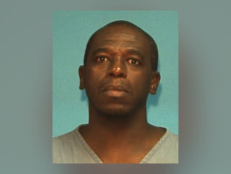


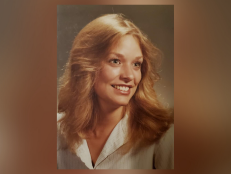
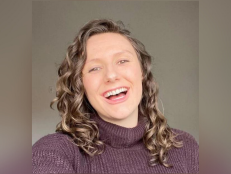
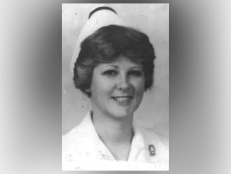
![Angela Brosso [left] and Melanie Bernas [right] were both murdered in the 1990s while separately riding their bikes along the Arizona Canal in Phoenix, Arizona.](http://investigationdiscovery.sndimg.com/content/dam/images/investigationdiscovery/crimefeed/legacy/2023/07/phoenix-police-department-angela-brosso-melanie-bernas-71823.png.rend.hgtvcom.231.174.suffix/1689696375259.png)
